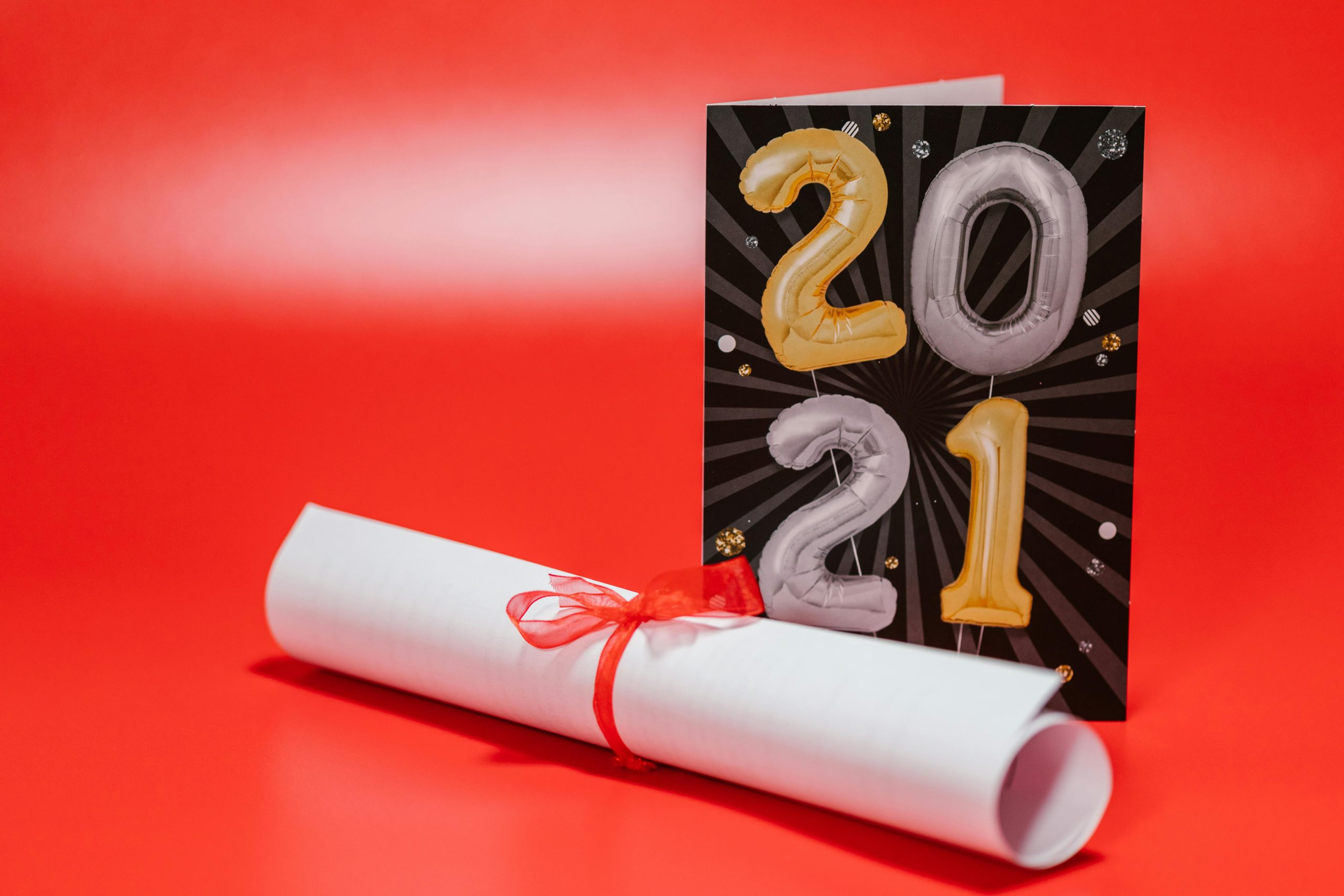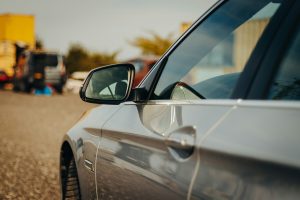Simple Techniques for Calibrating Your Oven for Accurate Results
If you love to cook or bake, having an accurate oven is essential. From roasts and casseroles to cakes and cookies, the success of your culinary creations relies heavily on your oven’s calibration. But what exactly does oven calibration mean? Simply put, it is the process of adjusting your oven’s temperature to ensure that it is heating accurately. Over time, ovens can become misaligned and may require calibration. In this article, we will discuss some simple techniques to calibrate your oven for accurate results. By following these tips, you can be sure that your oven is working at its best and producing delicious results every time.
Understanding Oven Calibration
Before we dive into the techniques for calibrating your oven, let’s first understand what the term means. As mentioned earlier, oven calibration is the process of making sure that your oven is heating to the desired temperature. When an oven is properly calibrated, the temperature you select is the actual temperature inside the oven. However, over time, factors such as usage, wear and tear, and even changes in altitude can throw off the calibration of your oven, resulting in inaccurate temperature readings.
Signs That Your Oven Needs Calibration
There are a few indicators that your oven may be in need of calibration. Here are some signs to look out for:
Inconsistent Baking
If you find that your baked goods are not turning out the way they should, this may be a sign that your oven is not heating properly. Cakes may be sinking or not rising enough, cookies may be browning too quickly, or bread may be coming out dense, which can all be attributed to inaccurate oven temperatures.
Uneven Cooking
Another sign to watch out for is uneven cooking. If one side of your dish is overdone while the other is undercooked, this could mean that your oven is not heating evenly.
Longer Cook Times
If you find that your dishes are taking longer to cook than they should, this could be a sign of an oven that is not heating to the desired temperature. This can result in overcooked or dried-out food.
The Oven Thermometer Test
Now that you know the signs to look out for, the first step in calibrating your oven is to test its temperature using an oven thermometer. This is a simple and inexpensive tool that can be purchased at any kitchen supply store. Follow these steps:
Step 1: Preheat Your Oven
Set your oven to 350 degrees Fahrenheit and wait for it to preheat. It is important to ensure that your oven is preheated before taking the temperature reading.
Step 2: Place the Thermometer in the Oven
Place the oven thermometer in the center of the oven, either on the rack or on the center of the floor. Be sure that it is not touching any of the oven walls or racks, as this can affect the accuracy of the reading.
Step 3: Take the Temperature Reading
After about 15 minutes, take a reading of the thermometer. If it shows a temperature other than 350 degrees, this is a sign that your oven needs calibration.
Techniques for Calibrating Your Oven
Now that you have confirmed that your oven is not heating accurately, here are some simple techniques for calibrating it:
Calibrate Using the Temperature Adjustment Knob
Most ovens have a temperature adjustment knob that can be used to calibrate the oven. Check your oven manual to find out where this knob is located. To calibrate, simply turn the knob in small increments, following the guidelines in the manual until your oven thermometer shows the desired temperature. Keep in mind that each manufacturer may have a different method for calibrating the oven, so be sure to follow the instructions specific to your brand and model.
Calibrate Using an Electronic Control Panel
If your oven has an electronic control panel, you can also calibrate it using this feature. Check your manual for instructions on how to access the calibration function. With this method, you can enter the desired temperature and the oven will adjust itself to heat to that temperature.
Call a Professional
If you are not comfortable calibrating your oven yourself, you can always call a professional. They have the tools and expertise to accurately calibrate your oven and ensure that it is working at its best.
Maintaining Accurate Oven Temperature
Once you have successfully calibrated your oven, there are a few things you can do to help maintain its accuracy:
Use an Oven Thermometer
It is always a good idea to use an oven thermometer when cooking or baking to ensure that your oven is maintaining the desired temperature. This is especially important when preparing dishes that require precise temperatures, such as cakes, bread, and soufflés.
Regularly Clean Your Oven
A buildup of grease and food debris in your oven can affect its temperature and cause it to heat unevenly. It is recommended to clean your oven regularly to keep it in top working condition.
Replace Old Parts
If you notice that certain parts of your oven, such as the heating elements or temperature sensors, are showing signs of wear and tear, it is best to have them replaced by a professional. This will ensure that your oven continues to work accurately and efficiently.
Conclusion
A well-calibrated oven is essential for successful cooking and baking. By following these simple techniques and regularly maintaining your oven, you can be sure that your dishes will turn out perfectly every time. Remember, if you are ever in doubt about your oven’s accuracy, a professional can always help. With an oven that is calibrated and working at its best, you can continue to create delicious meals for yourself and your loved ones to enjoy.











